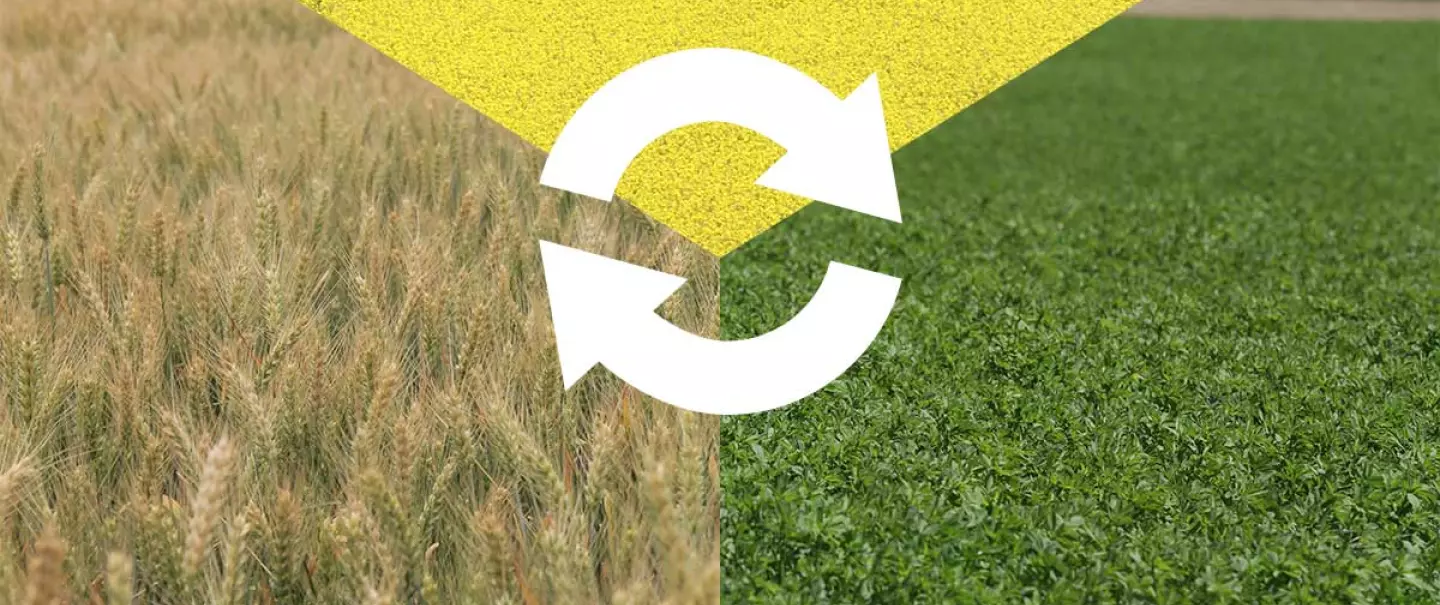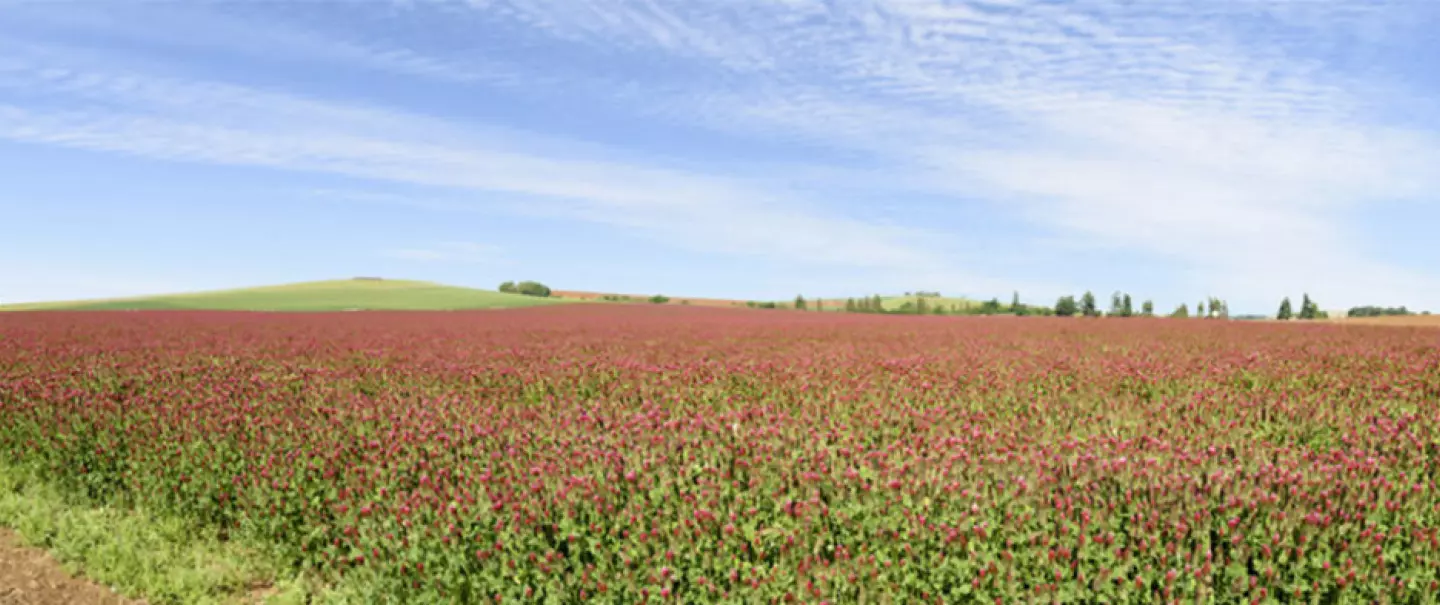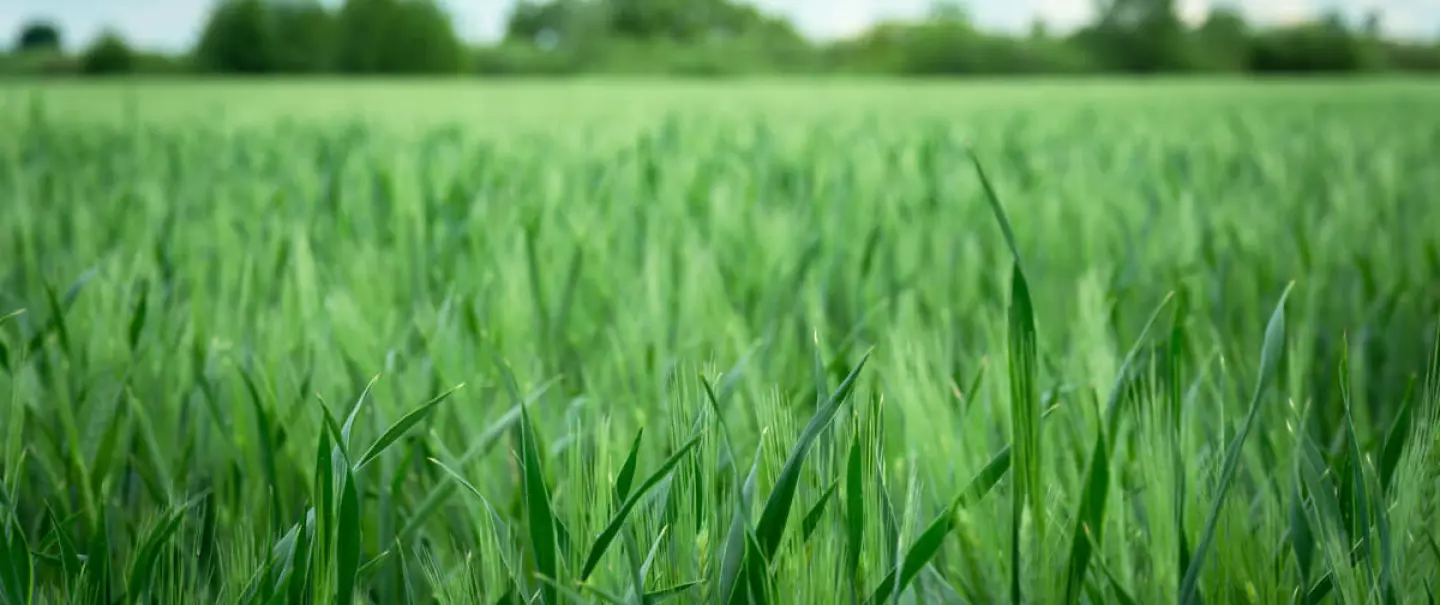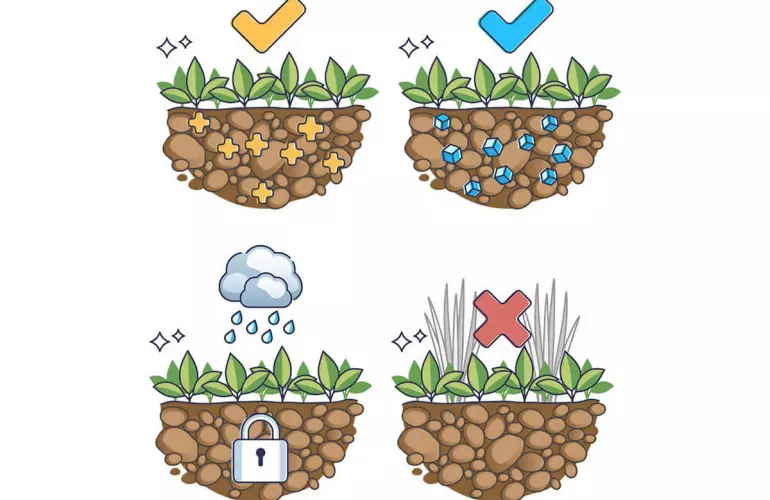
What is crop rotation?
Crop rotation is a farming practice used to grow different crops on the same field in a planned sequence over time. Farmers often follow two-, three-, or four-year rotation cycles, depending on their ...

Crop rotation is a farming practice used to grow different crops on the same field in a planned sequence over time. Farmers often follow two-, three-, or four-year rotation cycles, depending on their ...

Intermediate crops, often used as cover crops, are planted between main crops. They meet agronomic and economic objectives. They can be harvested or not; If they are not harvested, they are terminated...

Spring crops are sown between February and May. Their name comes from their seeding date. Winter crops are planted between September and November. Plants used for spring sowing are often species like ...
Crop rotation offers several key benefits that directly impact farm productivity and sustainability. By changing crops each season, farmers can break pest and disease cycles, reducing the need for costly pesticides. Rotating crops also improves soil structure and nutrient balance, especially when legumes are included to add nitrogen naturally. Over time, this leads to better yields, fewer input costs, and healthier fields. It’s a practical way to build long-term resilience and profitability into your operation.
Diversifying crops on a field requires a thorough knowledge of each crop and the associated cropping method. Therefore, it requires more technical skills than when working with a single crop. Different agricultural equipment is also required: corn is not planted the same way as wheat or a cover-crop mix, for example. The initial investment can be a drawback.
Crop rotation is regaining popularity in North America due to its proven benefits for both soil health and farm profitability. Farmers are increasingly turning to diversified cropping systems to reduce reliance on chemical inputs, break pest and disease cycles and improve long-term sustainability. Rotating crops like corn, soybeans, wheat and cover crops helps balance soil nutrients, especially nitrogen, and reduces erosion. It also allows for more effective weed control and better water retention. With climate variability and market pressures rising, crop rotation offers a way to spread risk and stabilize yields.
Though it requires more planning, technical knowledge and sometimes additional equipment, many farmers find the investment worthwhile. Advances in precision agriculture and data-driven tools have made it easier to manage complex rotations, making the practice more accessible and efficient. Overall, crop rotation is being embraced not just as a traditional method, but as a modern strategy for resilient, profitable farming.
Planting cover crops between main cash crops is a common part of crop rotation in the United States. These crops—often grasses, legumes, or brassicas, either alone or in mixes—serve multiple purposes. They help reduce nutrient runoff by capturing excess nitrogen, improve soil structure and fertility, and prevent erosion during wet seasons. When terminated, cover crops can release nutrients for the next crop. Some are also used as forage for livestock or as catch crops to make use of available growing time.

